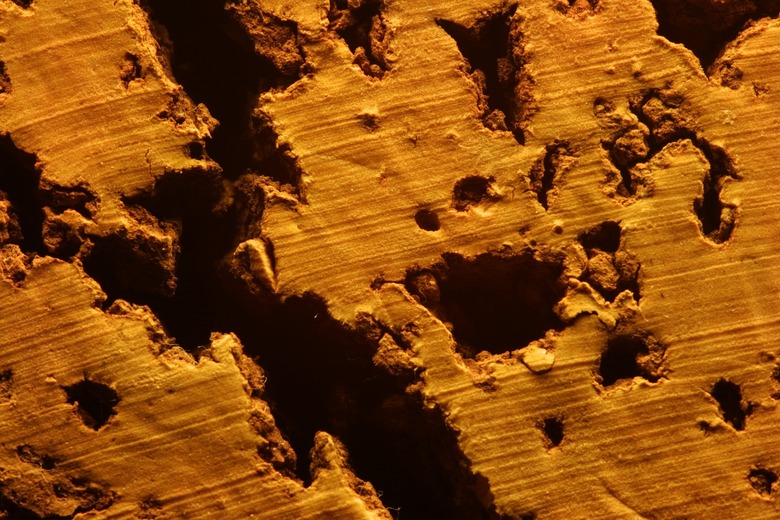Why Is Cork A Good Insulator?
As far back as the end of the 19th century, cork has been used in floors, ceilings and walls in the home. Although the natural beauty of cork is a draw for designers and decorators, its insulating properties may play an even bigger role in the decision to use cork.
As far back as the end of the 19th century, cork has been used in floors, ceilings and walls in the home. Although the natural beauty of cork is a draw for designers and decorators, its insulating properties may play an even bigger role in the decision to use cork.
Properties
Cork is lightweight, compressible and expandable. The honeycomb structure allows air to permeate the crevices and basically take up residence. This contributes to the insulating properties of cork. Cork is made up of hollow polyhedral cells, which means that each cell has 14 sides. The cell walls are flexible, strong, waterproof and airtight, resulting in an insulating material with a low density. Due to the structure of the cork cells, it is not only a thermal insulator, but an acoustical one as well. Because the substance is flexible and air-filled, it is cushioned. When used for flooring, cork is easy on the feet. When used in walls and ceilings, it is easy on the ears.
- As far back as the end of the 19th century, cork has been used in floors, ceilings and walls in the home.
- The cell walls are flexible, strong, waterproof and airtight, resulting in an insulating material with a low density.
Harvesting
Cork is the outer bark that is harvested from the oak cork tree. These trees are affected by climate and soil, so the areas where cork is grown successfully are limited. The largest percentage of cork trees grow in Portugal and Spain, though southern France, Italy and North Africa also have the right environment for growth. Considered a renewable raw material, cork bark will grow back after harvesting, typically within nine to 10 years. The tree is not damaged by having its bark removed, so it is an environmentally friendly process. The bark of cork oak trees is harvested until the tree reaches 200 years old. When it is cut down, two new saplings are planted in its place.
- Cork is the outer bark that is harvested from the oak cork tree.
- These trees are affected by climate and soil, so the areas where cork is grown successfully are limited.
Home Uses
Due to the insulating properties of cork, it lends itself naturally to several household uses. Cork flooring, walls and ceilings are viable options when thermal or acoustical insulation is a priority. The gases and air inside cork are separated and sealed from each other within its cell-like structure, so it does not conduct heat, sound or vibrations easily. Cork is also resistant to rotting, moisture, fire and dust. Cork is very durable, which is another property that lends itself to flooring and walls. It comes in sheets, tiles and rolls, as well as in the form of wallpaper.
Tips
Cork flooring contains thousands of sealed, insulated air pockets. The cushy texture makes it a good choice for areas where children or the elderly, who might be susceptible to falls, are present. If installing cork flooring, be sure the subflooring is level, dry and clean before installation.
- Due to the insulating properties of cork, it lends itself naturally to several household uses.
- The gases and air inside cork are separated and sealed from each other within its cell-like structure, so it does not conduct heat, sound or vibrations easily.
